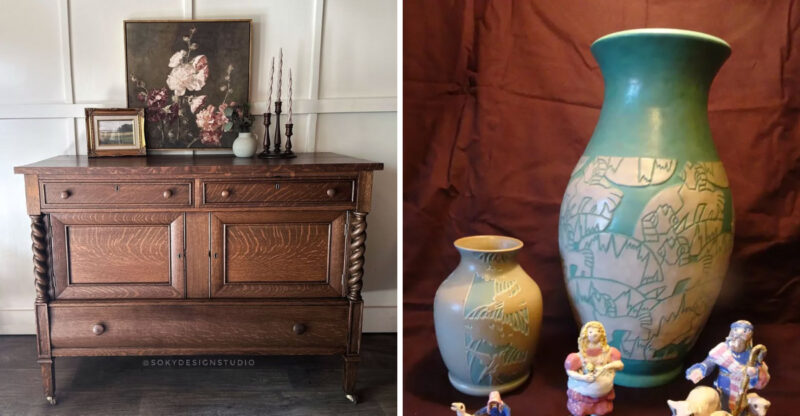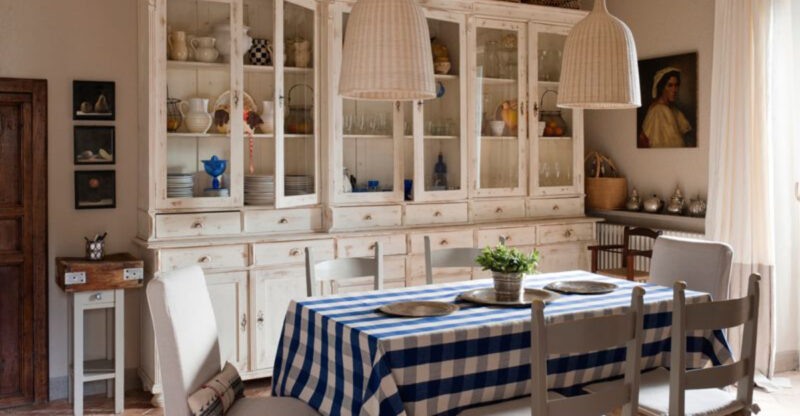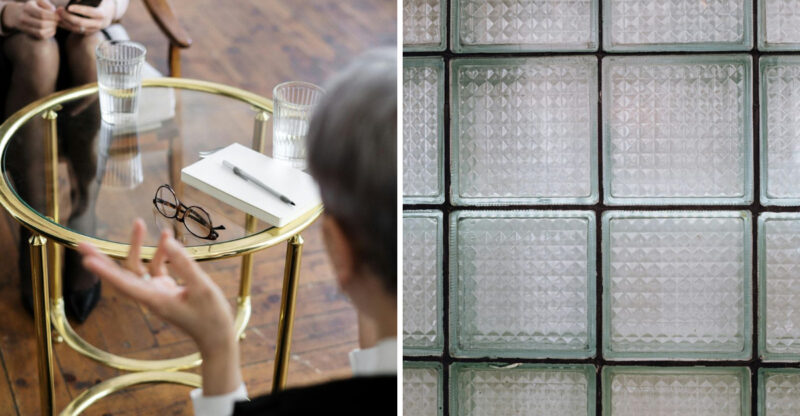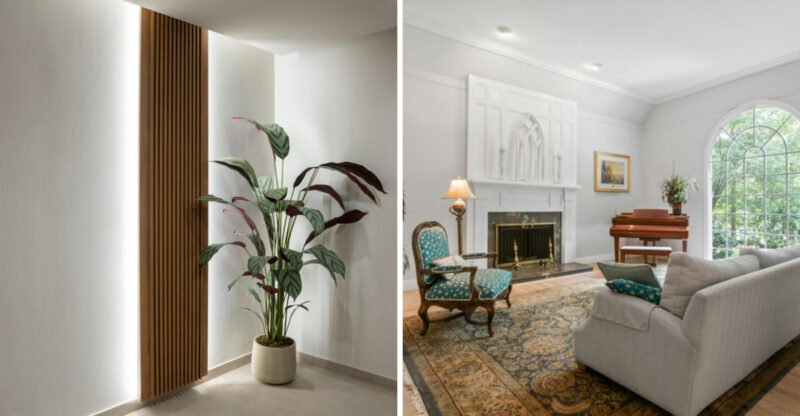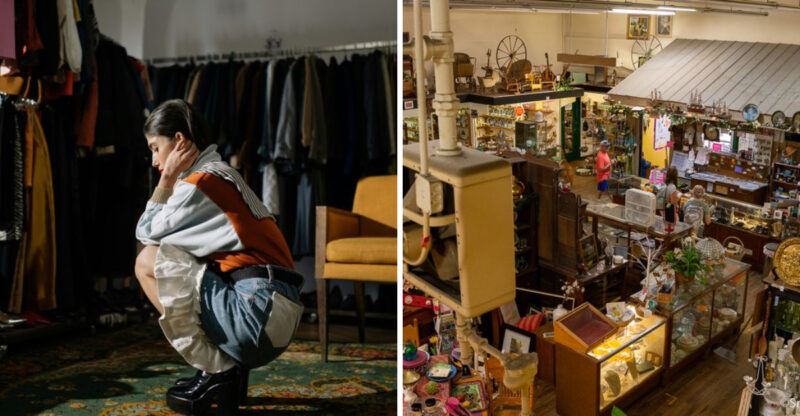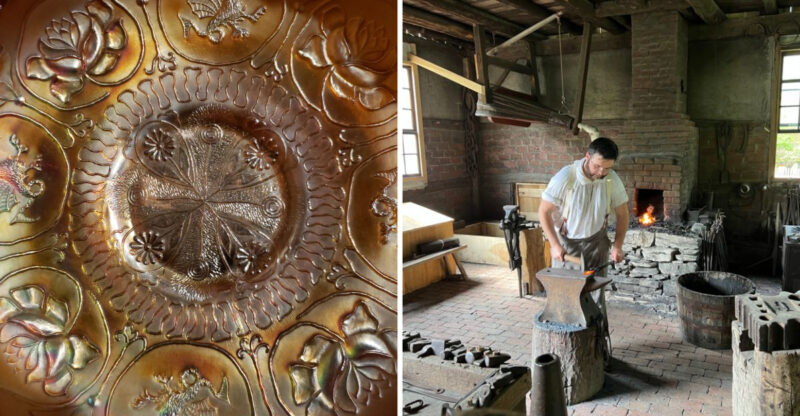6 Antiques In Iowa Homes Could Gain Value And 6 Might Decline

Before hauling that old trunk to the thrift store, take a closer look – the next big antique jackpot might be hiding inside an Iowa home. From farmhouse treasures to vintage curiosities, dusty relics tucked away in attics and basements could be climbing in value… or sinking fast.
As design trends and collectors’ tastes evolve, once-prized pieces can fall out of favor while forgotten items become hot commodities overnight. Discover which Iowa antiques are poised to gain value – and which might be losing their shine.
1. Vintage Farmhouse Signs
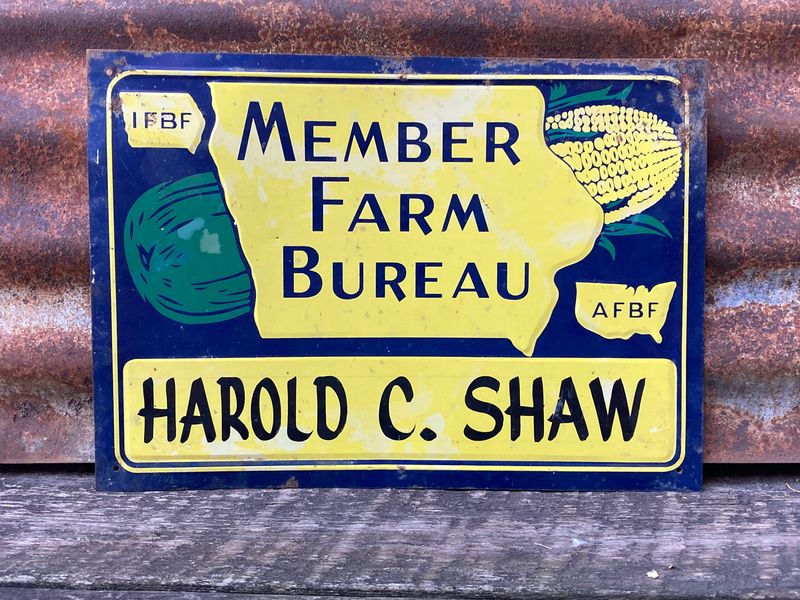
Rural nostalgia drives the market for authentic agricultural advertising. Vintage signs that once hung in Iowa barns or local feed stores have skyrocketed in value.
Particularly sought-after are those with vibrant colors, minimal rust, and references to local Iowa businesses that no longer exist. Their authentic patina tells stories of the state’s agricultural heritage.
2. Quilts With Provenance
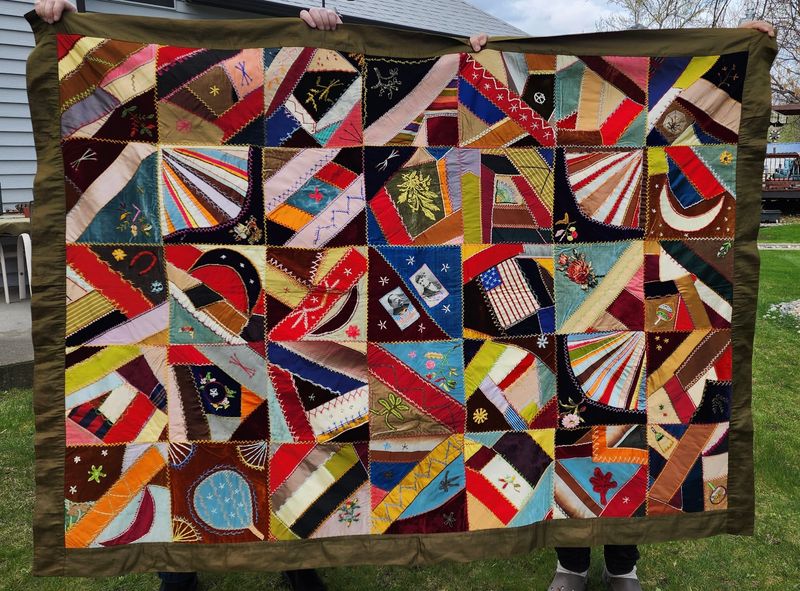
Hand-stitched history wrapped in fabric continues appreciating steadily. Quilts with documented Iowa origins and maker information can fetch impressive sums.
The most valuable examples showcase distinctive regional patterns, exceptional craftsmanship, and family stories. Dating from the 1800s through the Depression era, these textile treasures represent both artistic expression and practical necessity.
3. Antique Stoneware Crocks
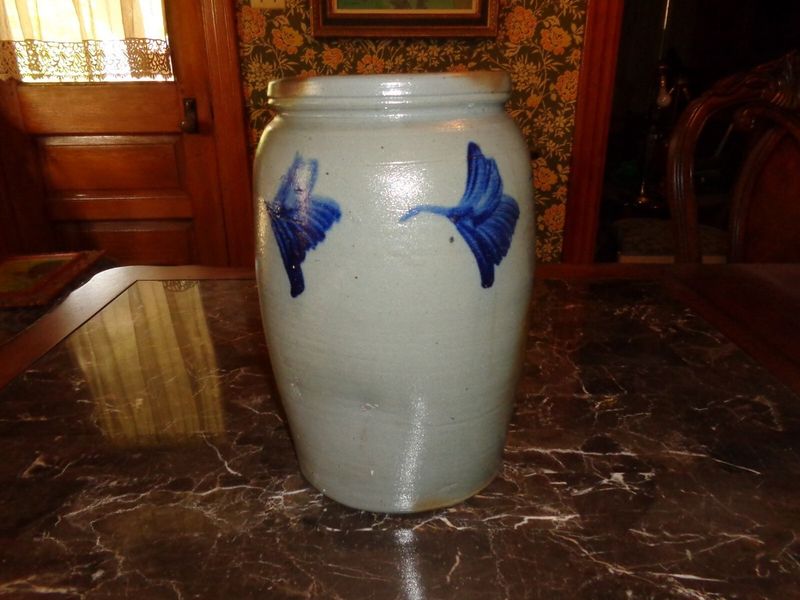
Utilitarian pottery from yesteryear now commands collector attention nationwide. Stoneware crocks made by Iowa potteries like Fort Dodge or Red Wing carry significant value today.
Pieces with cobalt blue decorations, unusual sizes, or local merchant stamps are especially prized. Once used for preserving food, these sturdy vessels now preserve a piece of Iowa’s industrial craftsmanship.
4. Early American Primitive Furniture
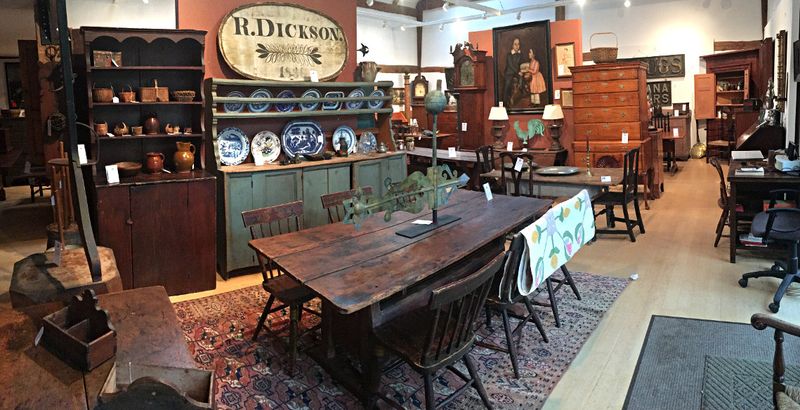
Rustic charm meets historical significance in these handcrafted treasures. Primitive furniture pieces made by Iowa settlers and craftsmen continue appreciating.
The authentic wear patterns, hand-cut joinery, and locally-sourced woods tell stories of frontier ingenuity. Collectors value these pieces for both their historical significance and their ability to warm up modern interiors.
5. Vintage Advertising Memorabilia
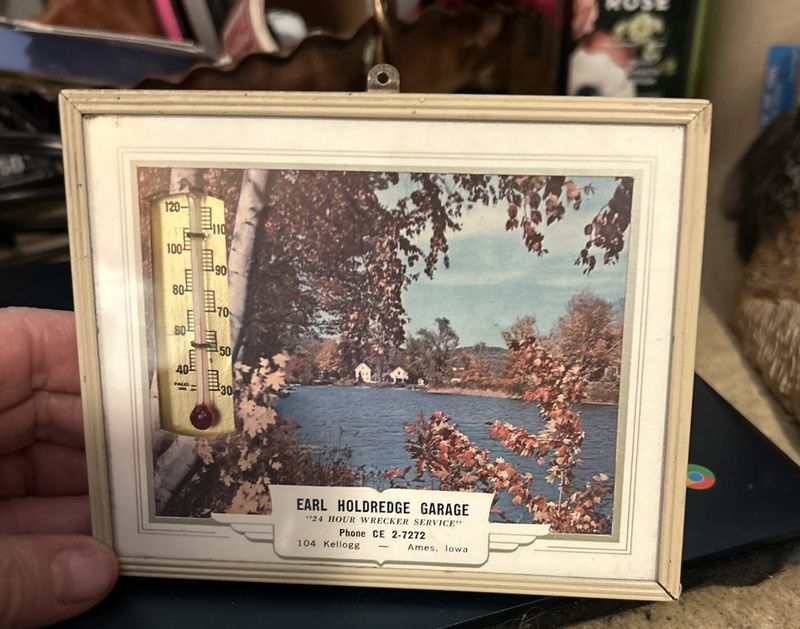
Marketing materials from bygone Iowa businesses have become hot commodities. Tin signs, thermometers, and store displays from Iowa’s past continue climbing in value.
Items advertising defunct local businesses, regional products, or agricultural implements resonate with collectors seeking connections to the state’s commercial heritage. Condition remains crucial, with mint examples commanding premium prices.
6. Mid-Century Modern Furniture
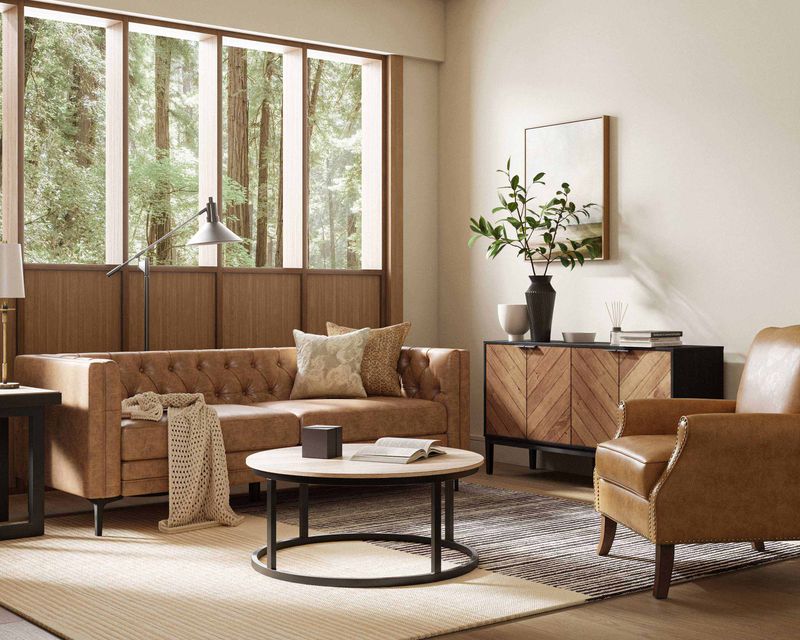
Clean lines and functional designs from the 1950s-1960s are experiencing a remarkable renaissance. Mid-century modern pieces by designers like Eames and Knoll command premium prices as younger homeowners embrace this aesthetic.
The simple silhouettes and warm woods perfectly complement today’s living spaces, making these once-overlooked pieces increasingly valuable for Iowa collectors.
7. Mass-Produced Depression Glass
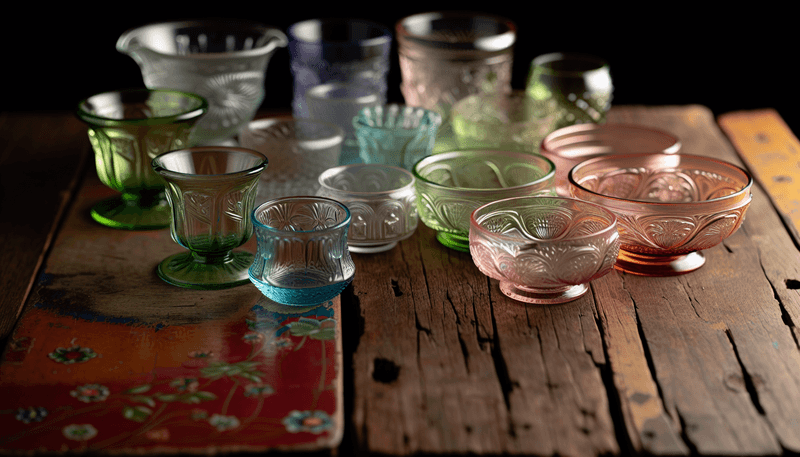
Once given away as promotional items, these colorful dishes face declining interest. Depression glass, which flooded Iowa homes during the 1930s, has lost its collector appeal.
The market is saturated with these machine-made pieces, and younger generations show little interest. Even complete sets in pink, green, or amber now sell for a fraction of their values from twenty years ago.
8. Formal China Sets
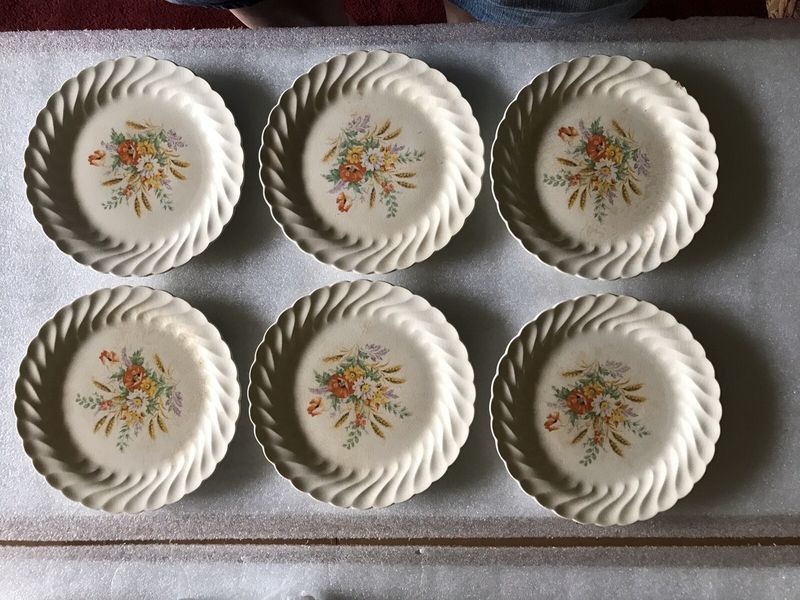
Grandmother’s prized dinnerware sadly continues losing market value each year. Formal china sets from brands like Lenox and Noritake struggle to find buyers in today’s casual entertaining culture.
Many Iowa families inherit these once-precious sets only to discover their minimal resale value. Contemporary lifestyles favor dishwasher-safe, mix-and-match dishes over delicate, formal patterns.
9. Large Entertainment Armoires
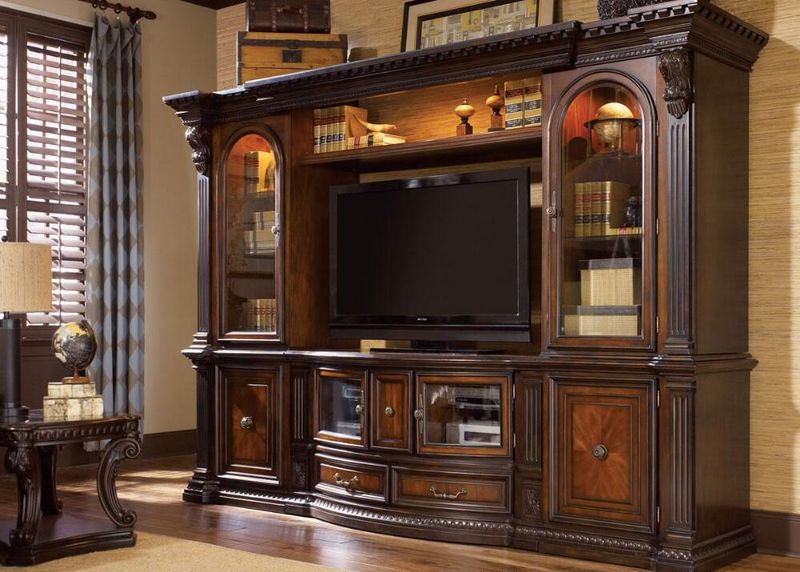
Massive wooden TV cabinets have become white elephants in the flat-screen era. These furniture dinosaurs once dominated Iowa living rooms but now languish at estate sales.
Entertainment armoires designed for bulky televisions have virtually no market as modern TVs mount directly on walls. Even well-crafted examples from quality makers fetch pennies on the dollar compared to their original cost.
10. Victorian Dark Wood Furniture
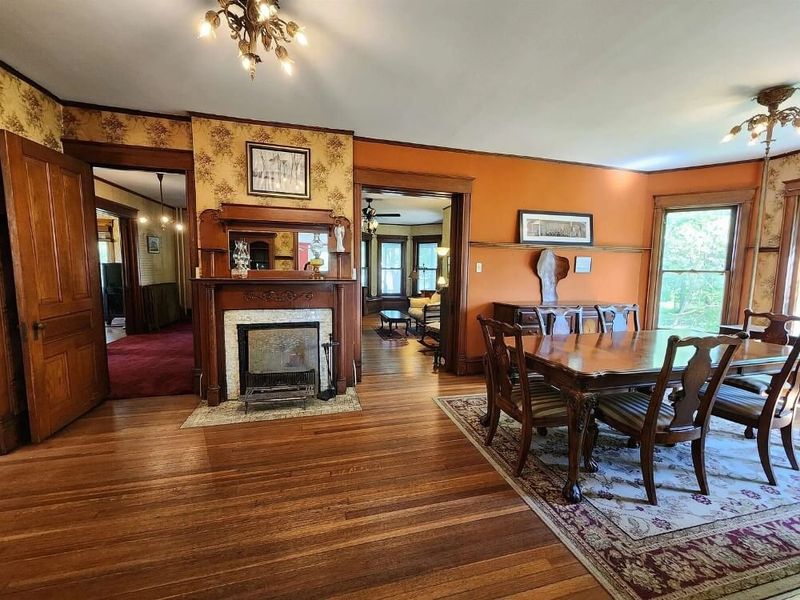
Ornately carved pieces from the 1800s struggle to find modern admirers. Heavy Victorian furniture that once signified prosperity in Iowa homes now sells for disappointing prices.
Modern homeowners reject these massive, dark pieces in favor of lighter, more streamlined designs. Even exquisitely carved examples with original finishes often sell for less than similar-sized contemporary furniture.
11. Collectible Figurines
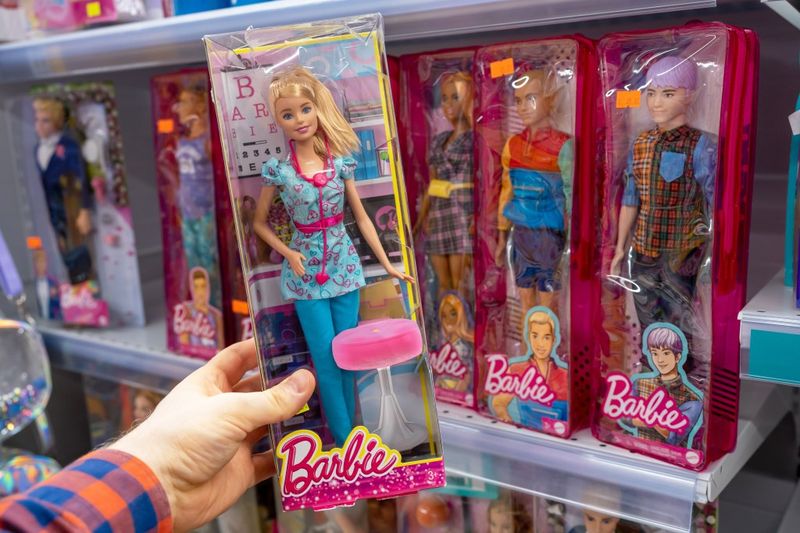
Sentimental statuettes face a steep decline in the secondary market. Curio cabinets across Iowa once proudly displayed these porcelain treasures.
Today, Hummel, Precious Moments, and similar figurines struggle to find buyers at even 25% of their original prices. The collecting community has aged, and younger generations show virtually no interest in continuing these once-popular collecting traditions.
12. Silver-Plated Flatware
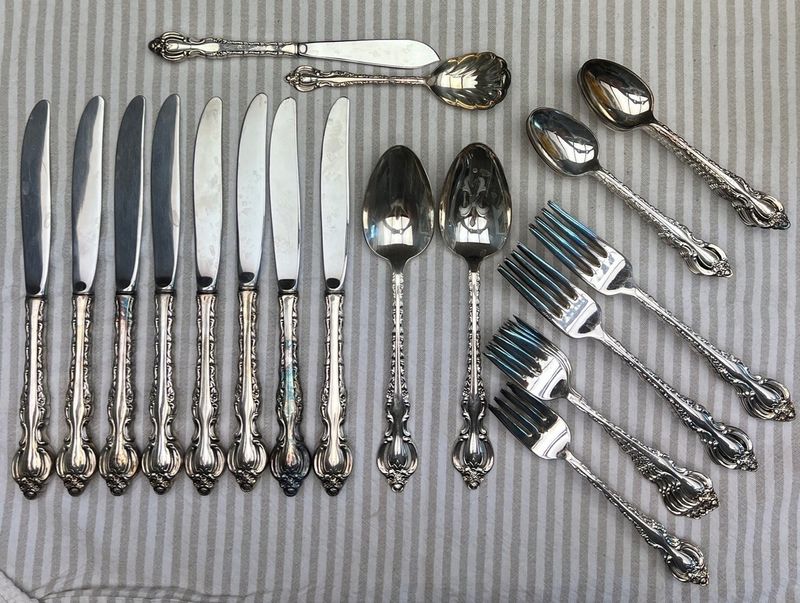
Family heirlooms requiring polishing and handwashing face modern resistance. Silver-plated serving pieces and flatware sets have plummeted in value across Iowa.
The formal dining traditions these pieces supported have largely disappeared. Maintenance-intensive and rarely used, these once-precious items now flood estate sales and antique shops, often selling for scrap metal prices despite their craftsmanship.

